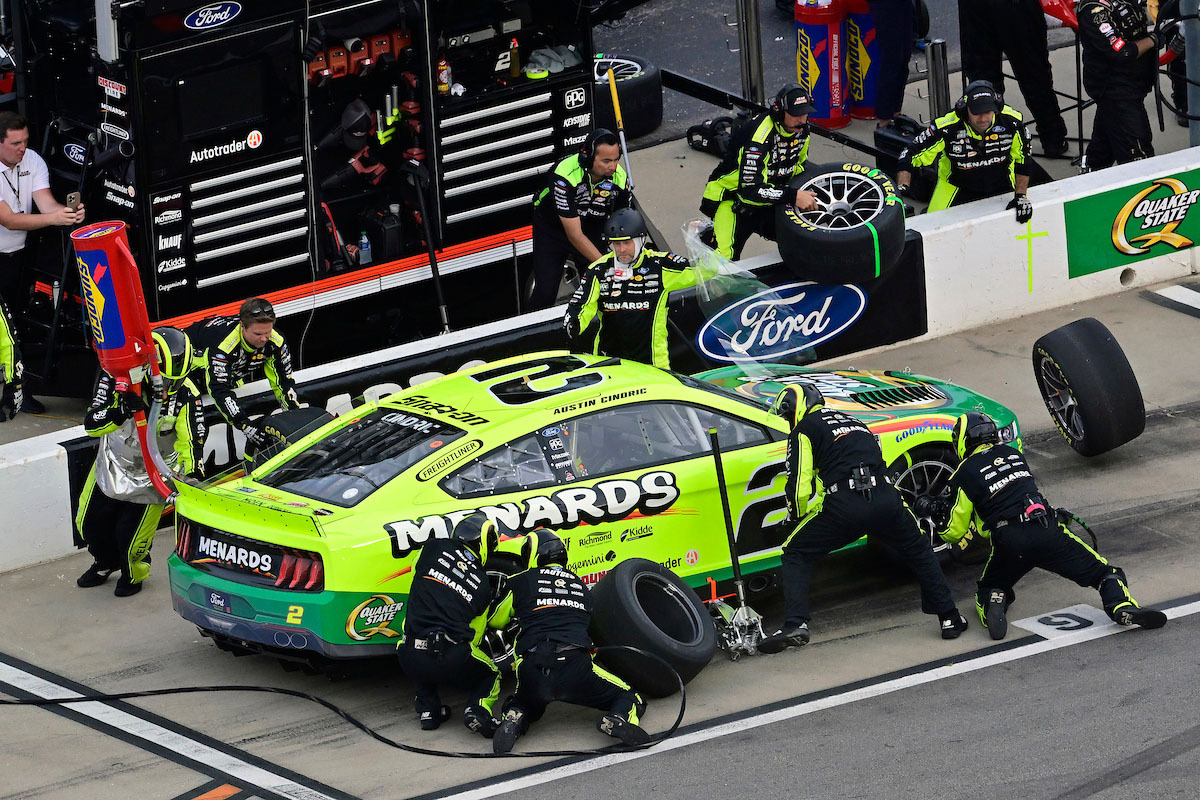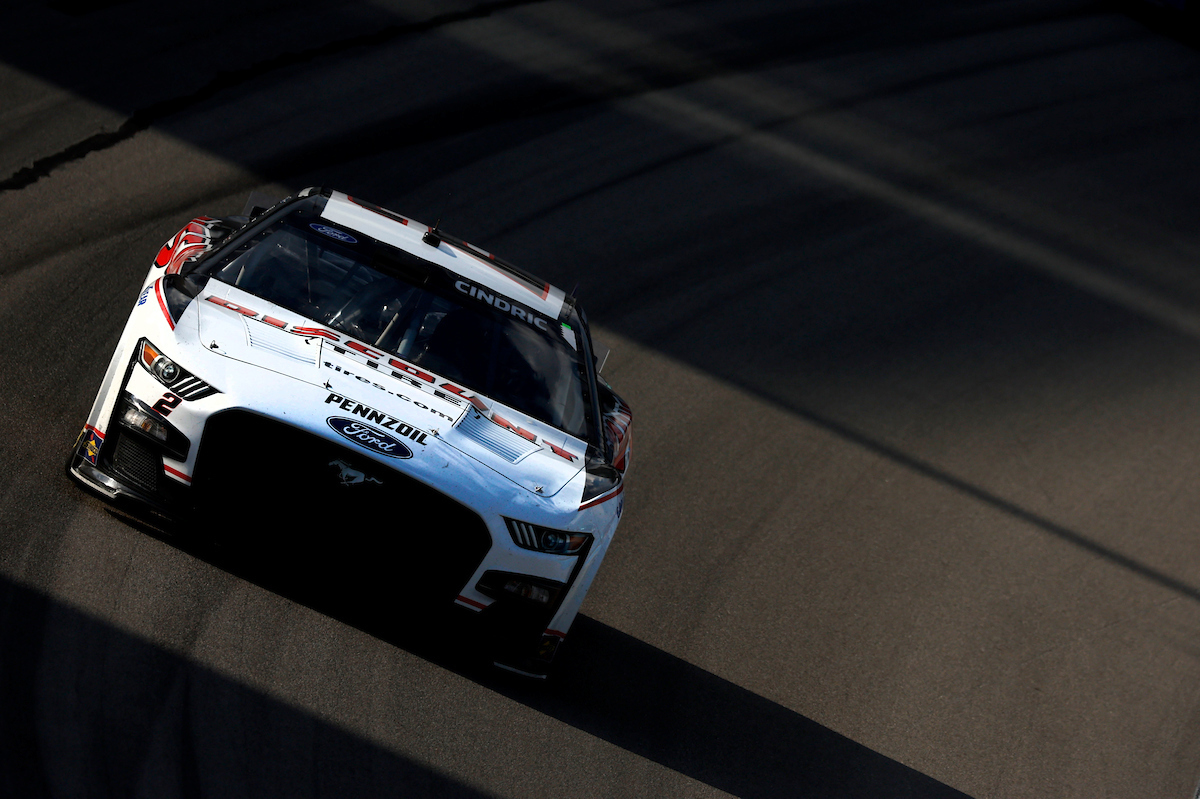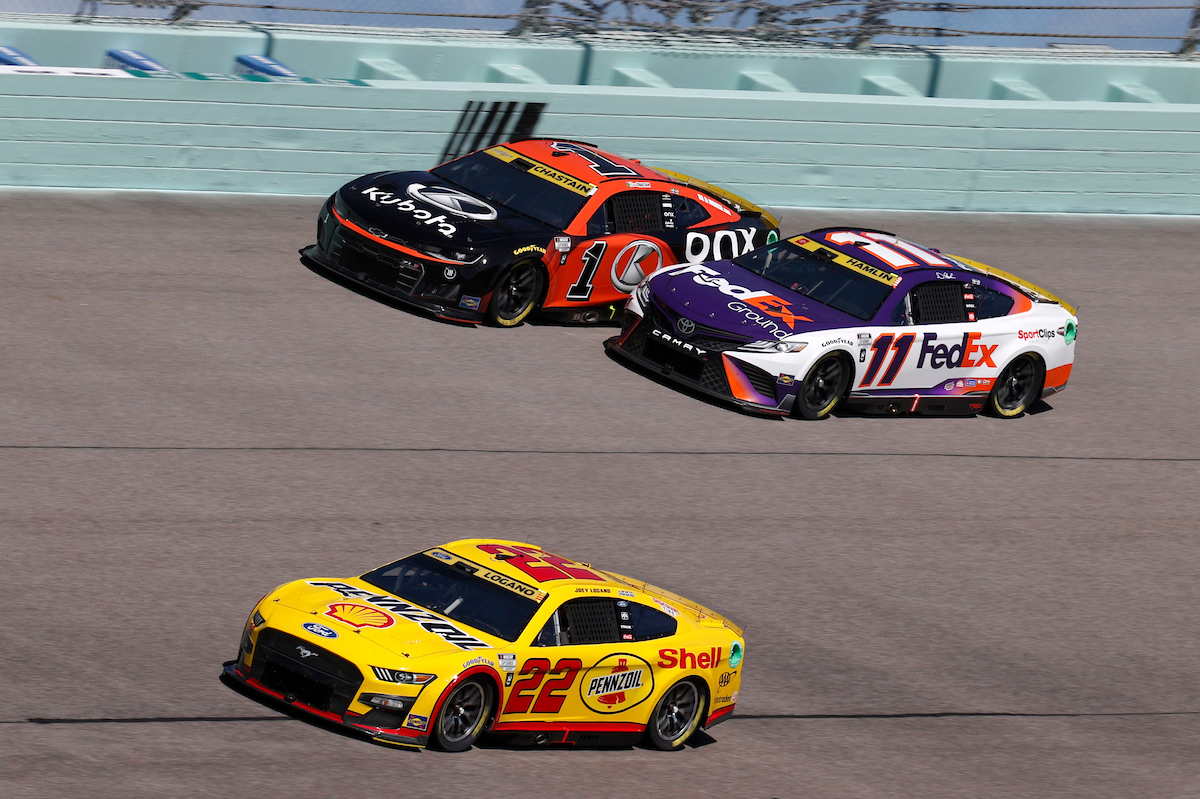Do NASCAR Cars Have Starters? Understanding Pit Row Ignitions
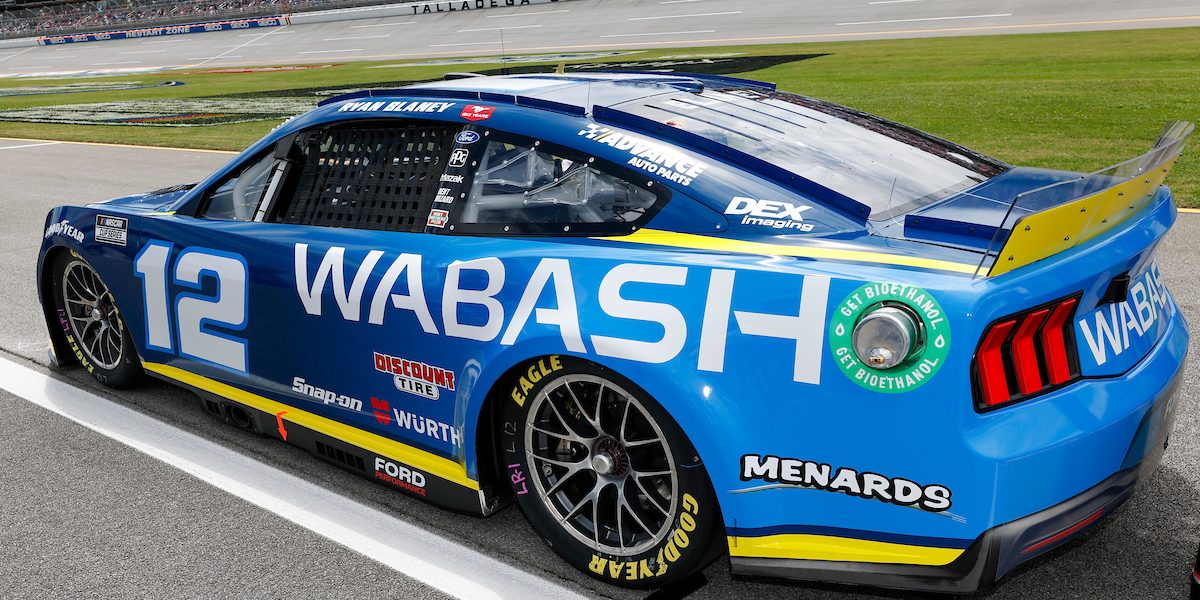
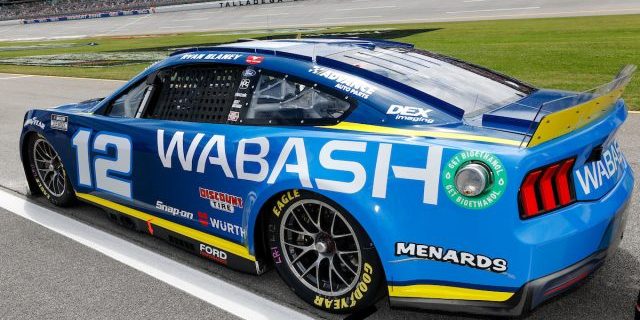
For decades, NASCAR race cars were started with external starter motors carried by crew members. This process, known as push-starting, involved inserting a starter connected to a gear reduction unit into a tube at the rear of the car to turn over the engine.
However, advancements in racing technology and regulations have led to changes in the starting mechanisms of NASCAR cars. The current generation of NASCAR vehicles, known as the Next Gen car, which was introduced in 2022, includes a number of significant updates to align with modern vehicle technologies. NASCAR vehicles are equipped with engines that require a significant amount of torque to initiate movement from a standstill. Due to this requirement, each car is fitted with a specific component that provides the necessary force to start the engine. This component, known as the starter, is a high-torque gear reduction unit, specifically designed to handle the substantial compression present in NASCAR racing engines.
Table of Contents
Overview of NASCAR Cars
In the highly competitive world of NASCAR, every aspect of a race car’s design and engineering is tailored for speed, safety, and adherence to strict regulations.
Design and Engineering
NASCAR race cars are the product of advanced design and engineering. Each car is built around a steel tube frame chassis that provides both strength and safety. The body of the car, usually made from sheet metal, is crafted to meet stringent aerodynamic requirements, keeping the car stable at high speeds. The aero aspects, including front splitters, rear spoilers, and side skirts, play significant roles in reducing drag and enhancing downforce.
The engine of a NASCAR race car is a 5.86-liter (358 cubic inch) V8, which can produce upwards of 700 horsepower. Engines are specifically constructed for high performance over the course of a long and demanding race. The propulsion generated by these engines is vital to a car’s competitiveness on the track.
Manufacturers and Models
Various manufacturers are represented in NASCAR, each providing models that are heavily modified for racing. Common manufacturers include Chevrolet, Ford, and Toyota. The cars might bear the names of familiar models, but under the skin, they feature specialized parts and constructions.
The Next Gen car, introduced by NASCAR, represents a significant evolution in the design of the vehicles. It boasts a range of updates including a new chassis design, improvements in safety features, and advanced materials. This generation also introduces a standard center-locking wheel nut, a departure from the five-lug pattern seen on previous generations. The Next Gen race cars mark a notable shift in NASCAR’s approach to vehicle specification and competition.
Mechanical Components
In NASCAR vehicles, the mechanical components play a critical role in performance, with the engine and drivetrain being pivotal for power delivery and speed.
Engine Specifications
NASCAR vehicles are equipped with 5.9-liter V8 engines, known for their power and reliability. These engines must adhere to a standardized specification:
- Displacement: 358 cubic inches (V8)
- Configuration: 90-degree pushrod
The engines are supplied by three major manufacturers: Chevrolet, Ford, and Toyota. Each engine must strictly follow NASCAR’s guidelines but are allowed variations within the regulations. They are specifically designed to handle the rigors of high-speed racing, effectively managing the fuel, air, and exhaust systems to optimize performance.
Transmission and Drive Train
The transmission system in NASCAR cars is designed to handle the immense power from the V8 engines. Here are the essential details:
- Transmission: 4-speed manual
- Drive Train: Rear-wheel drive
The robust gearbox is often provided by Xtrac, a leading supplier known for high-performance racing transmissions. This pairing ensures efficient power transfer from the engine to the wheels, crucial for maintaining competitive speeds on the track.






